-
Definition
-
Scope of the Study
- Research Objective
- Assumptions
- Limitations
-
Introduction
-
Primary Research
-
Secondary Research
-
Market Size Estimation
-
Drivers
-
Restraints
-
Opportunities
-
Challenges
-
Macroeconomic Indicators
-
Detection Technique Trends & Assessment
-
Porter’s Five Forces Analysis
- Bargaining Power of Suppliers
- Bargaining Power of Buyers
- Threat of New Entrants
- Threat of Substitutes
- Intensity of Rivalry
-
Value Chain Analysis
-
Investment Feasibility Analysis
-
Pricing Analysis
-
Chapter 6 Global Medical Oxygen Concentrators Market, by Product
-
Introduction
-
Portable Oxygen Concentrators
-
Market Estimates & Forecast, by Region, 2020–2027
-
Market Estimates & Forecast, by Country, 2020–2027
-
Stationary Oxygen Concentrators
-
Market Estimates & Forecast, by Region, 2020–2027
-
Market Estimates & Forecast, by Country, 2020–2027
-
Chapter 7 Global Medical Oxygen Concentrators Market, by Technology
-
Introduction
-
Continuous Flow
-
Market Estimates & Forecast, by Region, 2020–2027
-
Market Estimates & Forecast, by Country, 2020–2027
-
Pulse Dose
-
Market Estimates & Forecast, by Region, 2020–2027
-
Market Estimates & Forecast, by Country, 2020–2027
-
Chapter 8 Global Medical Oxygen Concentrators Market, by Indication
-
Introduction
-
Chronic Obstructive Pulmonary Disease (COPD)
-
Market Estimates & Forecast, by Region, 2020–2027
-
Market Estimates & Forecast, by Country, 2020–2027
-
Asthma
-
Market Estimates & Forecast, by Region, 2020–2027
-
Market Estimates & Forecast, by Country, 2020–2027
-
Sleep Apnea
-
Market Estimates & Forecast, by Region, 2020–2027
-
Market Estimates & Forecast, by Country, 2020–2027
-
Others
-
Market Estimates & Forecast, by Region, 2020–2027
-
Market Estimates & Forecast, by Country, 2020–2027
-
Chapter 9 Global Medical Oxygen Concentrators Market, by End User
-
Introduction
-
Homecare
-
Market Estimates & Forecast, by Region, 2020–2027
-
Market Estimates & Forecast, by Country, 2020–2027
-
Travel
-
Market Estimates & Forecast, by Region, 2020–2027
-
Market Estimates & Forecast, by Country, 2020–2027
-
Hospitals and Clinics
-
Market Estimates & Forecast, by Region, 2020–2027
-
Market Estimates & Forecast, by Country, 2020–2027
-
Others
-
Market Estimates & Forecast, by Region, 2020–2027
-
Market Estimates & Forecast, by Country, 2020–2027
-
Chapter 10 Global Medical Oxygen Concentrators Market, by Region
-
Introduction
-
Americas
- North America
- Latin America
-
Europe
- Western Europe
- Eastern Europe
-
Asia-Pacific
- Japan
- China
- India
- Australia
- South Korea
- Rest of Asia-Pacific
-
Middle East & Africa
- Middle East
- Africa
-
Chapter 11 Company Landscape
-
Introduction
-
Market Share Analysis
-
Key Developments & Strategies
-
Chapter 12 Company Profiles
-
Philips Healthcare
- Company Overview
- Product Overview
- Financial Overview
- Key Developments
- SWOT Analysis
- Key Strategies
-
Invacare Corporation
- Company Overview
- Product Overview
- Financial Overview
- Key Developments
- SWOT Analysis
- Key Strategies
-
AirSep Corporation
- Company Overview
- Product Overview
- Financial Overview
- Key Developments
- SWOT Analysis
- Key Strategies
-
Drive DeVilbiss Healthcare
- Company Overview
- Product Overview
- Financial Overview
- Key Developments
- SWOT Analysis
- Key Strategies
-
Medtronic plc
- Company Overview
- Product Overview
- Financial Overview
- Key Developments
- SWOT Analysis
- Key Strategies
-
ResMed
- Company Overview
- Product Overview
- Financial Overview
- Key Developments
- SWOT Analysis
- Key Strategies
-
Chart Industries, Inc.
- Company Overview
- Product Overview
- Financial Overview
- Key Developments
- SWOT Analysis
- Key Strategies
-
Nidek Medical Products, Inc.
- Company Overview
- Product Overview
- Financial Overview
- Key Developments
- SWOT Analysis
- Key Strategies
-
Precision Medical, Inc.
- Company Overview
- Product Overview
- Financial Overview
- Key Developments
- SWOT Analysis
- Key Strategies
-
GCE Group
- Company Overview
- Product Overview
- Financial Overview
- Key Developments
- SWOT Analysis
- Key Strategies
-
Besco Medical Limited
- Company Overview
- Product Overview
- Financial Overview
- Key Developments
- SWOT Analysis
- Key Strategies
-
O2 Concepts, LLC
- Company Overview
- Product Overview
- Financial Overview
- Key Developments
- SWOT Analysis
- Key Strategies
-
Inogen
- Company Overview
- Product Overview
- Financial Overview
- Key Developments
- SWOT Analysis
- Key Strategies
-
Teijin Limited
- Company Overview
- Product Overview
- Financial Overview
- Key Developments
- SWOT Analysis
- Key Strategies
-
OSI - Oxygen Solutions Inc.
- Company Overview
- Product Overview
- Financial Overview
- Key Developments
- SWOT Analysis
- Key Strategies
-
Chapter 13 MRFR Conclusion
-
Key Findings
- From CEO’s Viewpoint
- Unmet Needs of the Market
-
Key Companies to Watch
-
Predictions for the Medical Oxygen Concentrators Industry
-
Chapter 14 Appendix
-
LIST OF TABLES
-
Global Medical Oxygen Concentrators Market Synopsis, 2020–2027
-
Global Medical Oxygen Concentrators Market Estimates and Forecast, 2020–2027 (USD Million)
-
Global Medical Oxygen Concentrators Market, by Region, 2020–2027 (USD Million)
-
Global Medical Oxygen Concentrators Market, by Product, 2020–2027 (USD Million)
-
Global Medical Oxygen Concentrators Market, by Technology, 2020–2027 (USD Million)
-
Global Medical Oxygen Concentrators Market, by Indication, 2020–2027 (USD Million)
-
Global Medical Oxygen Concentrators Market, by End User, 2020–2027 (USD Million)
-
North America: Medical Oxygen Concentrators Market, by Product, 2020–2027 (USD Million)
-
North America: Medical Oxygen Concentrators Market, by Technology, 2020–2027 (USD Million)
-
North America: Medical Oxygen Concentrators Market, by Indication, 2020–2027 (USD Million)
-
North America Medical Oxygen Concentrators Market, by End User, 2020–2027 (USD Million)
-
US: Medical Oxygen Concentrators Market, by Product, 2020–2027 (USD Million)
-
US: Medical Oxygen Concentrators Market, by Technology, 2020–2027 (USD Million)
-
US: Medical Oxygen Concentrators Market, by Indication, 2020–2027 (USD Million)
-
US Medical Oxygen Concentrators Market, by End User, 2020–2027 (USD Million)
-
Canada: Medical Oxygen Concentrators Market, by Product, 2020–2027 (USD Million)
-
Canada: Medical Oxygen Concentrators Market, by Technology, 2020–2027 (USD Million)
-
Canada: Medical Oxygen Concentrators Market, by Indication, 2020–2027 (USD Million)
-
Canada Medical Oxygen Concentrators Market, by End User, 2020–2027 (USD Million)
-
Latin America: Medical Oxygen Concentrators Market, by Product, 2020–2027 (USD Million)
-
Latin America: Medical Oxygen Concentrators Market, by Technology, 2020–2027 (USD Million)
-
Latin America: Medical Oxygen Concentrators Market, by Indication, 2020–2027 (USD Million)
-
Latin America Medical Oxygen Concentrators Market, by End User, 2020–2027 (USD Million)
-
Europe: Medical Oxygen Concentrators Market, by Product, 2020–2027 (USD Million)
-
Europe: Medical Oxygen Concentrators Market, by Technology, 2020–2027 (USD Million)
-
Europe: Medical Oxygen Concentrators Market, by Indication, 2020–2027 (USD Million)
-
Europe Medical Oxygen Concentrators Market, by End User, 2020–2027 (USD Million)
-
Western Europe: Medical Oxygen Concentrators Market, by Product, 2020–2027 (USD Million)
-
Western Europe: Medical Oxygen Concentrators Market, by Technology, 2020–2027 (USD Million)
-
Western Europe: Medical Oxygen Concentrators Market, by Indication, 2020–2027 (USD Million)
-
Western Europe Medical Oxygen Concentrators Market, by End User, 2020–2027 (USD Million)
-
Eastern Europe: Medical Oxygen Concentrators Market, by Product, 2020–2027 (USD Million)
-
Eastern Europe: Medical Oxygen Concentrators Market, by Technology, 2020–2027 (USD Million)
-
Eastern Europe: Medical Oxygen Concentrators Market, by Indication, 2020–2027 (USD Million)
-
Eastern Europe Medical Oxygen Concentrators Market, by End User, 2020–2027 (USD Million)
-
Asia-Pacific: Medical Oxygen Concentrators Market, by Product, 2020–2027 (USD Million)
-
Asia-Pacific: Medical Oxygen Concentrators Market, by Technology, 2020–2027 (USD Million)
-
Asia-Pacific: Medical Oxygen Concentrators Market, by Indication, 2020–2027 (USD Million)
-
Asia-Pacific Medical Oxygen Concentrators Market, by End User, 2020–2027 (USD Million)
-
Middle East & Africa: Medical Oxygen Concentrators Market, by Product, 2020–2027 (USD Million)
-
Middle East & Africa: Medical Oxygen Concentrators Market, by Technology, 2020–2027 (USD Million)
-
Middle East & Africa: Medical Oxygen Concentrators Market, by Indication, 2020–2027 (USD Million)
-
Middle East & Africa Medical Oxygen Concentrators Market, by End User, 2020–2027 (USD Million)
-
LIST OF FIGURES
-
Research Process
-
Segmentation for Global Medical Oxygen Concentrators Market
-
Segmentation Market Dynamics for Global Medical Oxygen Concentrators Market
-
Global Medical Oxygen Concentrators Market Share, by Product, 2020
-
Global Medical Oxygen Concentrators Market Share, by Technology, 2020
-
Global Medical Oxygen Concentrators Market Share, by Indication, 2020
-
Global Medical Oxygen Concentrators Market Share, by End User, 2020
-
Global Medical Oxygen Concentrators Market Share, by Region, 2020
-
North America: Medical Oxygen Concentrators Market Share, by Country, 2020
-
Europe: Medical Oxygen Concentrators Market Share, by Country, 2020
-
Asia-Pacific: Medical Oxygen Concentrators Market Share, by Country, 2020
-
Middle East & Africa: Medical Oxygen Concentrators Market Share, by Country, 2020
-
Global Medical Oxygen Concentrators Market: Company Share Analysis, 2020 (%)
-
Philips Healthcare: Key Financials
-
Philips Healthcare: Segmental Revenue
-
Philips Healthcare: Geographical Revenue
-
Invacare Corporation: Key Financials
-
Invacare Corporation: Segmental Revenue
-
Invacare Corporation: Geographical Revenue
-
AirSep Corporation: Key Financials
-
AirSep Corporation: Segmental Revenue
-
AirSep Corporation: Geographical Revenue
-
Drive DeVilbiss Healthcare: Key Financials
-
Drive DeVilbiss Healthcare: Segmental Revenue
-
Drive DeVilbiss Healthcare: Geographical Revenue
-
Medtronic plc: Key Financials
-
Medtronic plc: Segmental Revenue
-
Medtronic plc: Geographical Revenue
-
ResMed: Key Financials
-
ResMed: Segmental Revenue
-
ResMed: Geographical Revenue
-
Chart Industries, Inc.: Key Financials
-
Chart Industries, Inc.: Segmental Revenue
-
Chart Industries, Inc.: Geographical Revenue
-
Nidek Medical Products, Inc.: Key Financials
-
Nidek Medical Products, Inc.: Segmental Revenue
-
Nidek Medical Products, Inc.: Geographical Revenue
-
Precision Medical, Inc.: Key Financials
-
Precision Medical, Inc.: Segmental Revenue
-
Precision Medical, Inc.: Geographical Revenue
-
GCE Group: Key Financials
-
GCE Group: Segmental Revenue
-
GCE Group: Geographical Revenue
-
Besco Medical Limited: Key Financials
-
Besco Medical Limited: Segmental Revenue
-
Besco Medical Limited: Geographical Revenue
-
O2 Concepts, LLC: Key Financials
-
O2 Concepts, LLC: Segmental Revenue
-
O2 Concepts, LLC: Geographical Revenue
-
Inogen: Key Financials
-
Inogen: Segmental Revenue
-
Inogen: Geographical Revenue
-
Teijin Limited: Key Financials
-
Teijin Limited: Segmental Revenue
-
Teijin Limited: Geographical Revenue
-
OSI - Oxygen Solutions Inc.: Key Financials
-
OSI - Oxygen Solutions Inc.: Segmental Revenue
-
OSI - Oxygen Solutions Inc.: Geographical Revenue
-
"

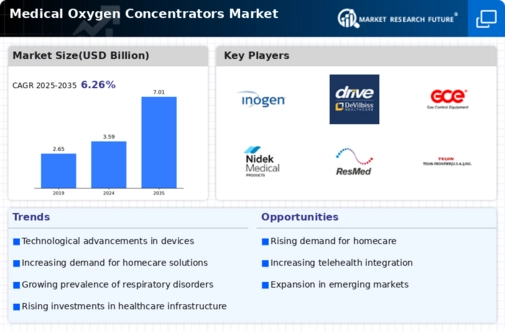
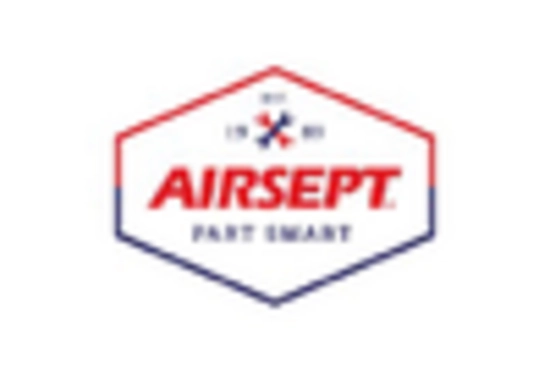
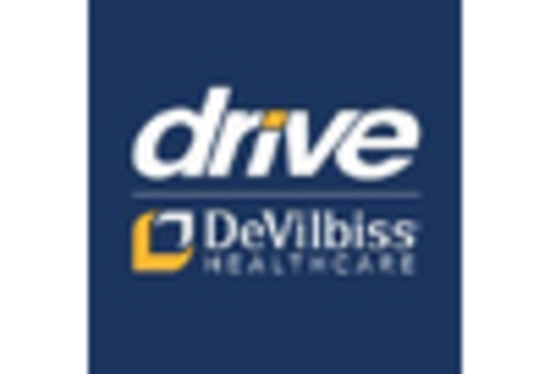
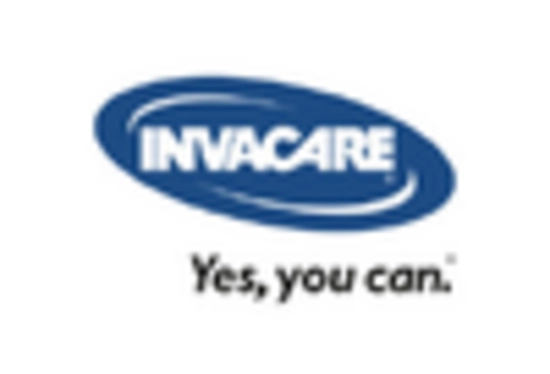
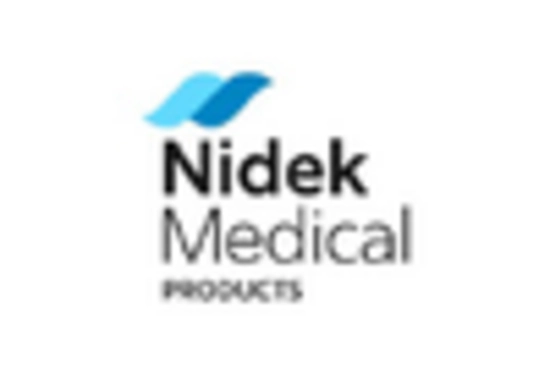



Leave a Comment